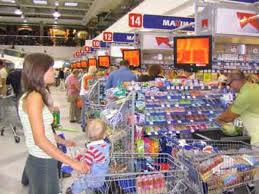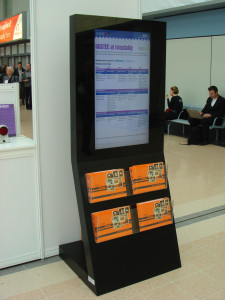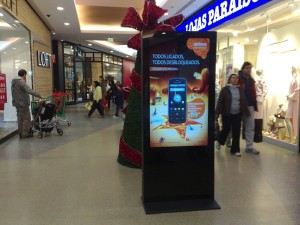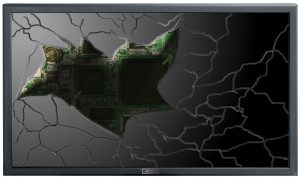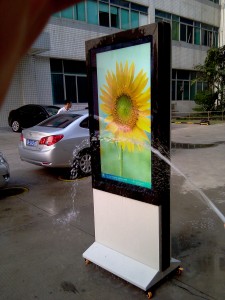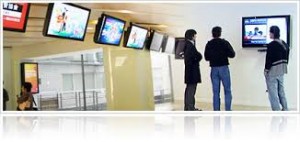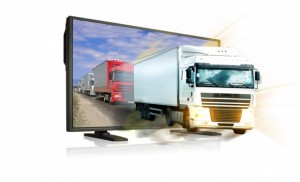Types of Retail Technology.
Introducing the new retail technology blueprints including smart fitting rooms, digital ways to pay and an enhanced customer experience.
Latest evolutionary computer engineering has opened up the world of digital signage, to stage which was only thought possible in science fiction films. Back in the 1950’s there were design ideas for futuristic and imaginative ways of changing the way we see life and use our time, but who would have thought, just a few generations on, we would have a 3D mirror, with a virtual store assistant giving us advice, selecting a different size or even picking out an alternative garment; thinking ‘outside the box’. A scary thought, but it is already out there in our malls, welcome to retail technology.
Touch screen Retail technology.
Touch screen technology has brought retail technology to the average customer; and not necessarily the high-end stores. Branches of well-known chain stores are investing heavily in the new digital posters and mirrors. Just think how much more convenient it would be to use a touch screen in store; research a little more information about the product, select your preference of colour and size and if it isn’t in stock, the store will order it for you. Of course most stores have other forms of contact, like a website, but that isn’t always convenient via your cell or smart phone – lost signal, inability to connect to the internet on demand, yet in store, these obstacles are overcome as the store supplies the means to order. And they’ve got you captured… you’re in the store, in the mood to purchase, a little disappointed you can’t buy the item there and then, but you can order it for a time which suits you. The store is doing everything to make a sale, even if it means communicating through a touch screen, rather than a human being!
How would you feel about a virtual personal shopper? There you are in the changing room, removing your own clothes, when a face appears in the mirror – ahhhh! No, it’s not quite like that, it is more unobtrusive. Whilst your privacy and modesty are preserved, the virtual assistant can offer constructive advise on the piece of clothing you are trying on. Depending on the software package accompanying the digital screen, will depend on the advice or suggestions from the 3D assistant, for instance the program may suggest a different size garment, as it has calculated your proportions (it would be flattering if it suggested a smaller size – don’t know how I would feel about needing a larger size on the advice of a screen!). But can you really trust a virtual assistant? It isn’t someone spying on you through the 2 way mirror, it is an actual digital poster, with a touch screen facility. You can switch it off, alter the suggestions, and order from the privacy of the curtained changing room just by using your finger to make choices.
Then it comes to paying; shall we use traditional cash? How many of us have cash in our pocket these days? Ok, so a card payment, well, even that is out dated. Many of us a re familiar with ordering goods on-line and keying in the account details, or using a payment site like PayPal, so Apple thought they would launch their own, as ‘i’ products have become so popular. Once the account is set up, it is just a matter of a security check at the point of sale and the transaction is complete – one happy customer.
